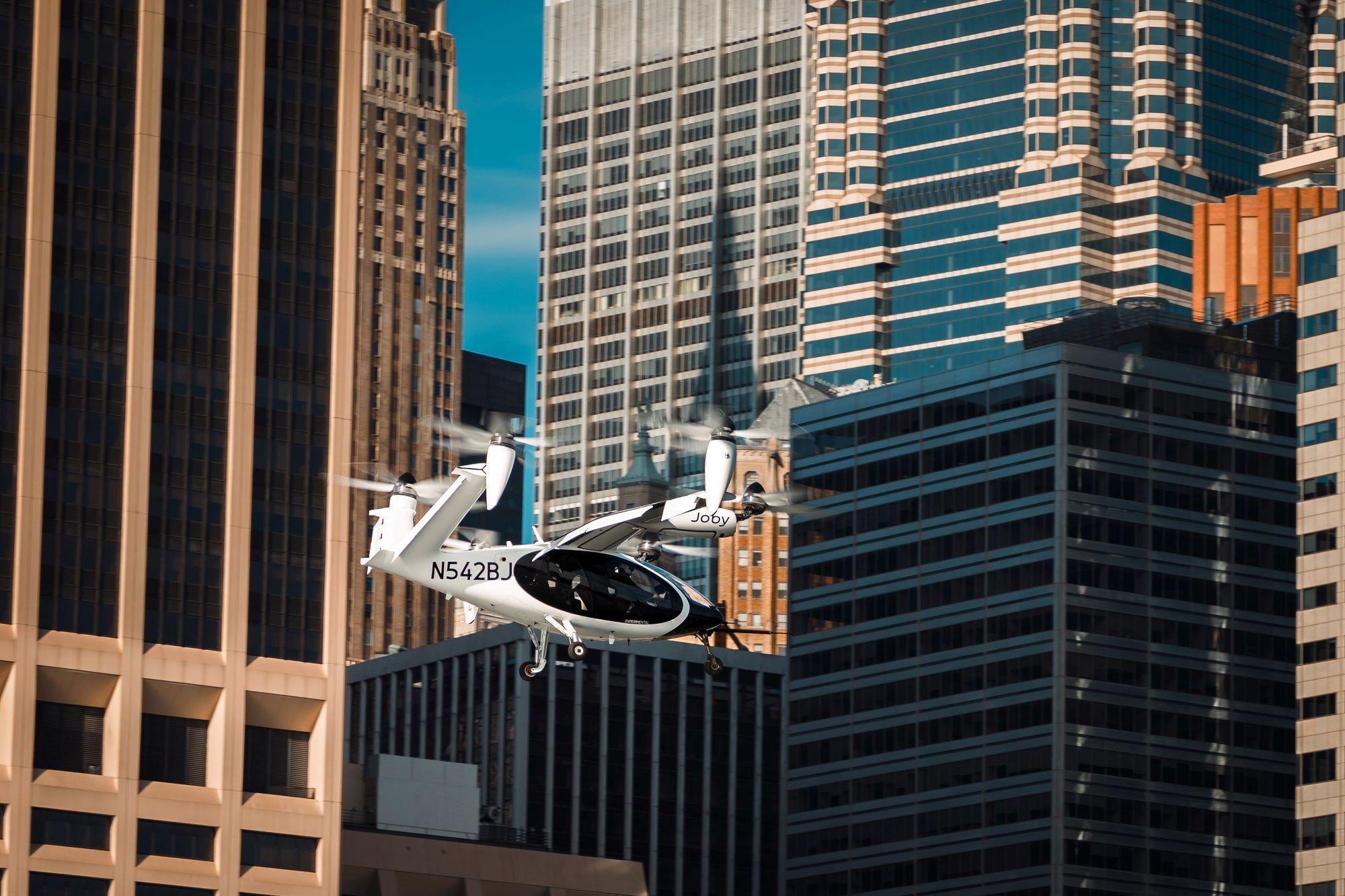
Noise is expected to play a critical role in the public acceptability of eVTOL urban air taxis.
Credit: Joby Aviation
The European Union Aviation Safety Agency (EASA) has published noise standards for electric vertical-takeoff-and-landing (eVTOL) aircraft, releasing the final version of its specification for multicopter aircraft and inviting public consultation on its draft specification for aircraft with tilting...
Subscription Required
EASA Expands eVTOL Noise Standards, Limits is published in Advanced Air Mobility Report, an Aviation Week Intelligence Network (AWIN) Market Briefing and is included with your AWIN Premium membership.
Already a member of AWIN or subscribe to Advanced Air Mobility through your company? Login with your existing email and password
Not a member? Learn how to access the market intelligence and data you need to stay abreast of what's happening in the air transport community.





